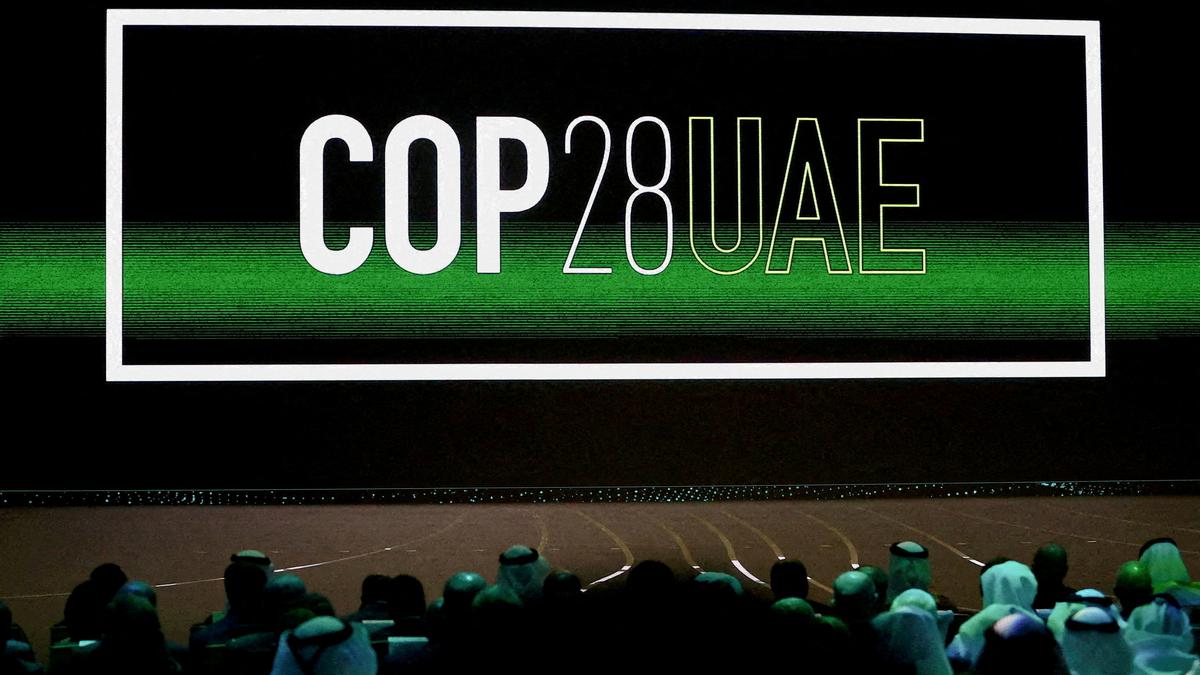Why in the News?
- The Organisation for Economic Cooperation and Development (OECD) recently published a report titled ‘Climate Finance Provided and Mobilised by Developed Countries in 2013-2021’.
What’s in Today’s Article?
- Why in the News?
- About Organisation for Economic Cooperation and Development
- About the Report Published by the OECD
- Major Highlights of the Report Published by the OECD
About Organisation for Economic Cooperation and Development
- The Organisation for Economic Co-operation and Development (OECD) was established in 1961, by 18 European nations, plus the United States and Canada.
- It is a group of 37 member countries that discuss and develop economic and social policy.
- OECD members are typically democratic countries that support free-market economies.
- Objective: To shape policies that foster prosperity, equality, opportunity and well-being for all.
- Major Reports published by OECD:
- International Migration Outlook
- Programme for International Student Assessment
- Headquarters: Paris, France
About the Report Published by the OECD
- The report is titled as ‘Climate Finance Provided and Mobilised by Developed Countries in 2013-2021’.
- This report presents aggregate trends of annual climate finance provided and mobilised by developed countries for developing countries for the period 2013-21.
- It includes breakdowns by climate theme, sector, financial instrument and region for the period 2016-21.
- The report also provides key recommendations for international providers to increase financing for adaptation and more effectively mobilise private finance for climate action.
Major Highlights of the Report Published by the OECD
- Economically developed countries fell short of their promise:
- The report showed that the economically developed countries fell short of their promise to jointly mobilise $100 billion a year, towards the climate mitigation and adaptation needs of developing countries, in 2021 – one year past the 2020 deadline.
- The report said developed countries mobilised $89.6 billion in 2021 and that finance for adaptation fell by 14% in 2021 compared to 2020.
- The failure to mobilise adequate climate finance lowers capacity in developing countries to address climate mitigation and adaptation needs.
- It also reduces trust among the world’s poorer countries that the developed world is serious about tackling the climate crisis.
- Climate finance being provided in the form of Loans:
- The OECD report showed that of the $73.1 billion mobilised in 2021 by the public sector via bilateral and multilateral channels, $49.6 billion was provided as loans.
- It sheds light on the extent to which rich countries rely on loans at commercial rates to fulfil their climate finance obligations.
- For example, an assessment by a research group of global climate finance flows between 2011 and 2020 found that 61% of climate finance was provided as loans.
- Issue of ‘Additionality’:
- Another issue in the OECD report pertains to additionality.
- The UNFCCC states that developed countries “shall provide new and additional financial resources to meet the agreed full costs incurred by developing country Parties in complying with their obligations under the convention”.
- This means developed countries can’t cut overseas development assistance (ODA) in order to finance climate needs.
- In the real-world, it could cut off support for healthcare in order to reallocate that money to, say, install solar panels.
- The “new and additional finance” also means developed countries can’t double-count.
- For example, a renewable energy project could contribute to both emission reductions and overall development in a region.
- As per the U.N. Convention, however, donor countries can’t categorise such funding as both ODA and climate finance because it wouldn’t fulfil the “new and additional” criterion.
- A few years ago, European Union officials admitted to double-counting development aid as climate finance.
- Lack of universal definition of ‘Climate Finance’:
- At present, there is no commonly agreed definition of ‘climate finance’ because developed countries have endeavored repeatedly to keep it vague.
- The lack of definitional clarity has reportedly led to strange situations like funding for chocolate and gelato stores in Asia and a coastal hotel expansion in Haiti being tagged as climate finance.
- The ambiguity works in favour of richer countries because it leaves the door open to arbitrarily classify any funding, including ODA and high-cost loans, as climate finance and escape the scrutiny that a clearer definition might bring.
- So, while developed countries can claim they have provided billions in climate finance, the actual flows need to be checked for whether they actually went into climate mitigation and adaptation in developing countries or something else.
- How much do developing countries need?
- The OECD report added that by 2025, developing countries are estimated to require around$1 trillion a year in climate investments, rising to roughly $2.4 trillion each year between 2026 and 2030.
- The $100 billion goal is too small in comparison, dwarfed further by the fact that it remains unmet.
- Role of private sector:
- To meet the scale of the challenge, people like the U.S. climate envoy John Kerry and World Bank president Ajay Banga have routinely emphasised the role the private sector could play.
- The OECD report says that private financing for climate action has stagnated for a decade.
- The problem is particularly worse for climate adaptation because investment in this sector can’t generate the sort of high returns that private investors seek.
- There also haven’t yet been signs that the private sector is interested in massively scaling up its climate investments.
Q1) What is the meaning of Common but Differentiated Responsibilities?
Common But Differentiated Responsibilities (CBDR) is a principle within the United Nations Framework Convention on Climate Change (UNFCCC) that acknowledges different capabilities and differing responsibilities of individual countries in addressing climate change.
Q2) What is the difference between Mitigation & Adaptation in Climate Change?
In essence, adaptation can be understood as the process of adjusting to the current and future effects of climate change. Mitigation means making the impacts of climate change less severe by preventing or reducing the emission of greenhouse gases (GHG) into the atmosphere.
Source: What the OECD report says of climate finance ahead of COP 28 | Explained | OECD
Last updated on June, 2025
→ UPSC Notification 2025 was released on 22nd January 2025.
→ UPSC Prelims Result 2025 is out now for the CSE held on 25 May 2025.
→ UPSC Prelims Question Paper 2025 and Unofficial Prelims Answer Key 2025 are available now.
→ UPSC Calendar 2026 is released on 15th May, 2025.
→ The UPSC Vacancy 2025 were released 1129, out of which 979 were for UPSC CSE and remaining 150 are for UPSC IFoS.
→ UPSC Mains 2025 will be conducted on 22nd August 2025.
→ UPSC Prelims 2026 will be conducted on 24th May, 2026 & UPSC Mains 2026 will be conducted on 21st August 2026.
→ The UPSC Selection Process is of 3 stages-Prelims, Mains and Interview.
→ UPSC Result 2024 is released with latest UPSC Marksheet 2024. Check Now!
→ UPSC Toppers List 2024 is released now. Shakti Dubey is UPSC AIR 1 2024 Topper.
→ Also check Best IAS Coaching in Delhi
























